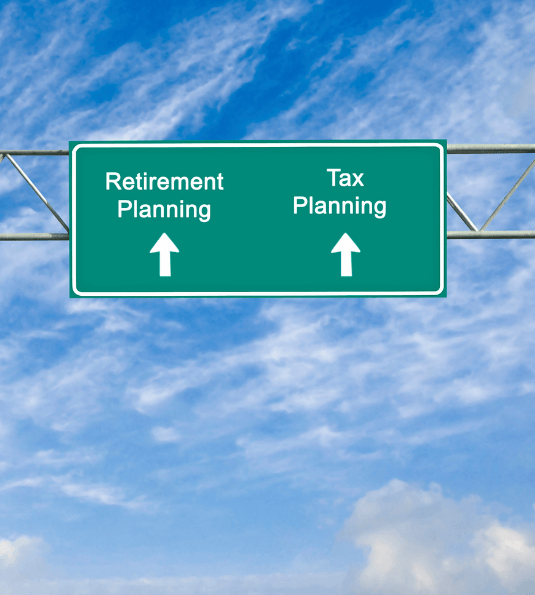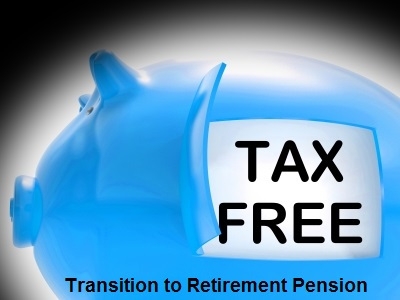Superannuation Tax Planning Opportunities

CONCESSIONAL CONTRIBUTION CAP OF $30,000 FOR EVERYONE
The tax-deductible superannuation contribution limit or cap is $30,000 for all individuals regardless of their age for the 2024/25 financial year.
If eligible and appropriate, consider making the most of your 2024/25 financial year annual concessional contributions cap with a concessional contribution. Note that other contributions such as employer Superannuation Guarantee Contributions (SGC) and salary sacrifice contributions will have already used up part of your concessional contributions cap.
CARRY FORWARD CONCESSIONAL CONTRIBUTIONS
If your total superannuation balance as at June 30, 2024 was less than $500,000 you may be in a position to carry-forward unused concessional caps for up to 5 years.
Members can access their unused concessional contributions caps on a rolling basis for five years and amounts carried forward that have not been used after five years will expire.
The advantage of making the maximum tax-deductible superannuation contribution before June 30, 2025 is that superannuation contributions are taxed at between 15% and 30%, compared to personal tax rates of between 32.5% and 45% (plus 2% Medicare levy) for an individual taxpayer earning over $190,000.
Typically, self-employed individuals and those who earn their income primarily from passive sources like investments make their super contributions close to the end of the financial year to claim a tax deduction. However, individuals who are employees may also use this strategy and those who might want to take advantage of this opportunity.
NON -CONCESSIONAL SUPER CONTRIBUTIONS
If eligible and appropriate, consider utilising all or part of your 2024/25 financial year annual non-concessional contributions cap
by making a non-concessional contribution for up to $120,000 for the 2025 financial year or up to $360,000 over 3 years. Please speak to us
if you are considering to ensure you are eligible.
GOVERNMENT CO-CONTRIBUTION TO YOUR SUPERANNUATION

The Government co-contribution is designed to boost the superannuation savings of low and middle-income earners who earn at least 10% of their income from employment or running a business. If your income is within the thresholds listed in the table below and you make a ‘non-concessional contribution’ to your superannuation, you may be eligible for a Government co-contribution of up to $500.
To be eligible you must be under 71 years of age as at June 30, 2025. In 2024/25, the maximum co-contribution is available if you contribute $1,000 and earn $44,500 or less. A lower amount may be received if you contribute less than $1,000 and/or earn between $44,500 and $60,400.
The matching rate is 50% of your contribution and additional eligibility include:having a total superannuation balance of less than $1.9 million on 30 June of the year before the year the contributions are being made having not exceeded your non-concessional contributions cap in the relevant financial year
TRANSITION TO RETIREMENT
If you don’t want to fully retire and would like to reduce your working hours you can take advantage of what is knows as “Transition to Retirement" TTR. This means that providing you have reached your preservation age you can elect to keep working full time or part- time and take money out of your super to supplement your income. This is popular for those who want to scale down their working hours rather than retiring.
 Date of Birth Preservation
Age
Date of Birth Preservation
Age
Before 1 July 1960 55
1 July1960 - 30 June 1961 56
1 July 1961 - 30 June 1962 57
1 July 1962 - 30 June 1963 58
1 July 1963 - 30 June 1964 59
1 July 1964 - 30 June 1965 60
When you are receiving a TRT pension you can still work and claim a tax deduction for concessional contributions into super currently $30,000 for the 2025 financial year..
If you decide to implement a TTR strategy, you must withdraw a minimum amount currently 4% for someone aged 60 (based on age) from your superannuation account balance up to a maximum of 10%. .
If you are under 60 any amount you withdraw will be subject to tax at your marginal rate of tax . You will also be entitled to receive a tax rebate of 15%. After the age of 60, the good news is that any amount you withdraw is TAX FREE!
Case Study 1 : Sue reduces her work hours

Sue just turned 60 and earns $50,000 a year before tax. She decides to ease into retirement by reducing her work to three days a week. This means her income will decrease to $30,000. Sue transfers $155,00, of her super to a transition to retirement pension and withdraws $9,000 each year, tax-free. This replaces some of her lost pay.
Case Study 2: Bill reduces his tax

He salary sacrifices into his super. This will reduce his income tax, but also his take-home pay. He tops up his income by withdrawing up to 10% of his TTR pension balance each year.
As you can see the TRT strategy is very useful for people wanting to scale down their work and supplement their income by drawing from superannuation. To make sure, it's the right strategy for you, please contact us.
ACCOUNTS BASED PENSIONS

If you are aged 60 + and retired or 65+ and still working , I have good news for you. There are significant tax advantages in taking an Accountants Based Pension from your super. Not only are the withdrawals you make tax- free, but also the earnings within your superannuation fund are tax-free to 1.9 million dollars.
Although you must withdraw minimum amount must be paid each year for pensions as per the table below, there are no limits on the amount you can withdraw.
The minimum amount for ages:
Under 65 is 4%
65 to 74 is 5%
75 to 79 is 6%
80 to 84 is 7%
To put in place an accounts based pension, you will need to speak to your superannuation fund provider. If you have a SMSF, then please speak with us
SELF-MANAGED SUPERANNUATION
A Self-Managed Superannuation Fund (SMSF) can provide significant tax savings but
they don’t suit everyone. There are significant regulations surrounding the management and administration of SMSF’s. With the end of the financial year
approaching, now is a good time to discuss the pros and cons of establishing your own SMSF. It might be appropriate to establish a SMSF in
conjunction with other tax planning opportunities. If you would like more information about self managed superannuation funds we
invite you to consult with us today
everyone. There are significant regulations surrounding the management and administration of SMSF’s. With the end of the financial year
approaching, now is a good time to discuss the pros and cons of establishing your own SMSF. It might be appropriate to establish a SMSF in
conjunction with other tax planning opportunities. If you would like more information about self managed superannuation funds we
invite you to consult with us today
Other 2025 Year End Tax Planning Opportunities
- Back to the overview of the 2025 Year End Tax Planning Guide
- Round Up of Other Year End Tax Issues
- Immediate Write-Off For Individual Small Business Assets & Temporary Full Expensing
- Key Tax Minimisation Strategies
- Superannuation Tax Planning Opportunities
Disclaimer: This newsletter contains
general information only and no responsibility can be accepted for errors, omissions or possible misleading statements. It is not designed
to be a substitute for professional advice and does not take into account your individual circumstances. Therefore, no responsibility can
be accepted for any action taken as a result of any information contained in this newsletter.














